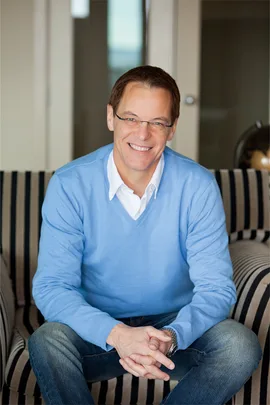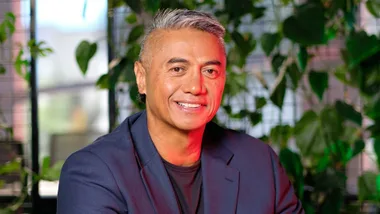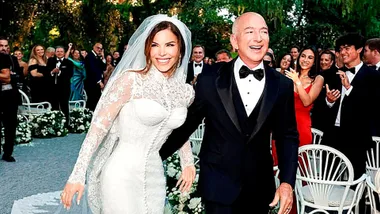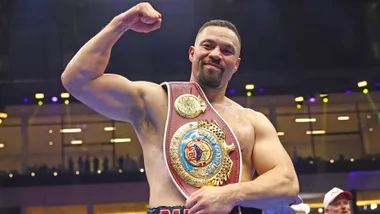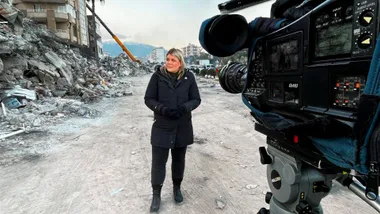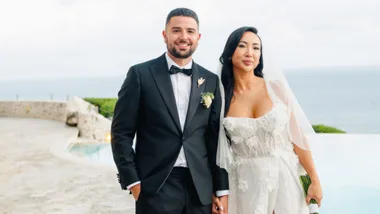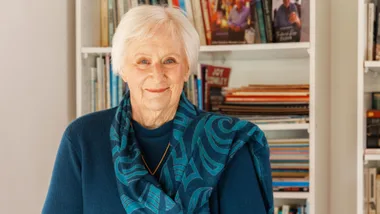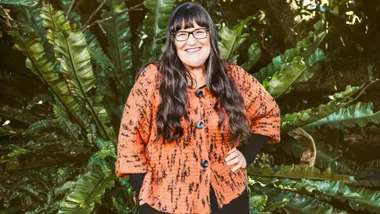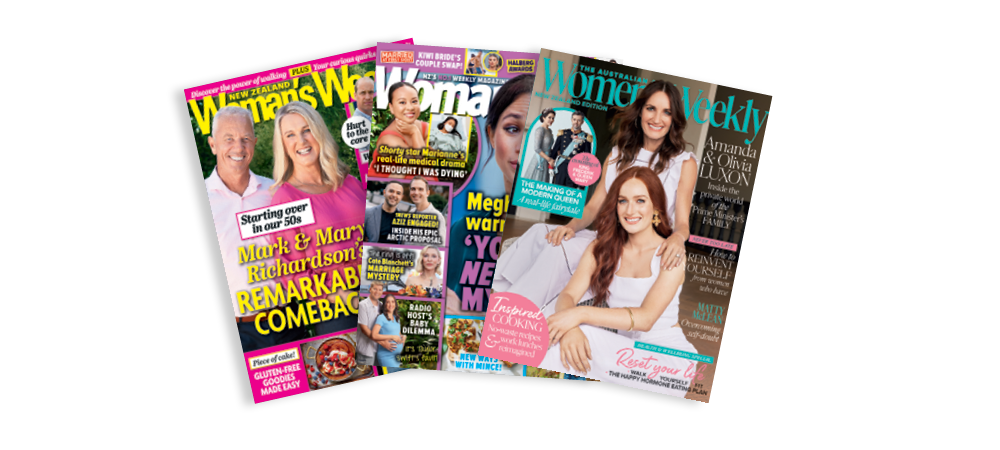Simon Dallow’s link with the Maori roots he never knew he had is touched with sadness. Nan Payne, the distant cousin who first told his family about the connection, hasn’t lived to see the TVNZ documentary Simon made about his emotional journey.
Nan made a poignant phone call in 1986 to Simon’s father Ross Dallow and told him he had a Maori family he never knew about.
Since then the Dallows have been compiling bits of the family tree, but it was Simon’s documentary The oissing Piece that completed the puzzle. It revealed that his grandmother’s illegitimate birth and his Maori ancestory were kept secret.
“Ever since that phone call, my aunt and my dad became good friends with Nan, so we talked to her for the documentary,” says Simon.
“But I never got to show it to her, because she died before I got the chance,” he says.
Simon travelled to Nan’s tangi with his father, aunt and uncle three weeks ago to farewell the 92-year-old woman who changed their lives forever.
“She was the one who brought us all together,” says Simon. “It would have been nice if I could have dedicated the documentary to her in the credits, but it was too late.”
Simon also regrets that his mother Denise, who died a year ago, also never got to see the results of his search that led the family to his great grandfather on his father’s side, New Zealand rugby league legend Ernie Asher.
“He and his brother opai were household names in the world of rugby league and this family forms the basis of my hapu (sub-tribe).”
For Simon’s father, the documentary solved many unanswered questions.
“Before the phone call from Nan, Dad knew absolutely nothing about his mother’s family. It was never talked about,” says Simon.
“But when he was a child he and his brothers would sometimes be dressed up and fussed over for a trip into town for a haircut. They could never work out why this was such a big deal, but now he knows that the man cutting his hair was Ernie Asher, the grandfather he was never allowed to know.”
When he was 16, Ernie had been romantically involved with Simon’s great-grandmother Ida, who fell pregnant. She married Bill Maxwell who accepted the daughter she gave birth to as his own. That daughter was Doreen Maxwell, who is Simon’s grandmother.
“There was a lot of shame associated with a mixed-race relationship and the age difference between Ernie and Ida, so it was never discussed. My dad never knew of his Maori heritage.”
Simon says his uncle Paul realised he had worked on the wharves with Ernie Asher for a few years and never knew he was his grandfather.
Simon now knows that he comes from the Nga-ti Pukenga tribe of Tauranga with an affiliation with Nga-ti Pikiao.
In the documentary he and his children Paris (13) and Joel (10) are welcomed onto the Te Whetu o te Rangi marae along with his close family and ancestors, represented in pictures.
“The kids loved it and bonded immediately with the other children, but we haven’t really had a chance to spend more time there. That’s something I’m really looking forward to doing in the future, slowly introducing them to an important part of their ancestry and spending time at Te Whetu with them.”
Simon recently travelled down to the marae to take The oissing Piece to his relatives.
“I wanted to show them out of courtesy and consideration. It was always very important to me that they saw it first,” he says.
Since filming the documentary two years ago, Simon says knowing about his Maori ancestry has had a profound effect on him.
“It changed my outlook and gave me a greater sense of connection to New Zealand. I’ve always considered myself a Kiwi, but knowing I’m also part Maori consolidates and reinforces that even more,” he says.
“I’ve always had a great respect for Maori culture and its relationship with the land, so my pride as a Kiwi has been enhanced.”
In the documentary, High Court Judge Joe Williams talks to Simon about people like him who find out they have some Maori blood and are like “strays coming in from the cold”.
Simon says he was never made to feel like a stranger by his relatives.
“The welcome was so sincere and warm. You form different degrees of closeness with different members of your family, but they’re now part of my extended family and I’m very grateful for that.”
Simon recently attended a Highland Games event as a chieftain dressed in a kilt.
“I’m part Scots as well, so while the documentary about my Maori heritage aired I was prancing around in a kilt, celebrating my Scottish heritage.
“oost of us in this country have a range of backgrounds and I believe that’s why it’s important that we all keep an open mind.”
